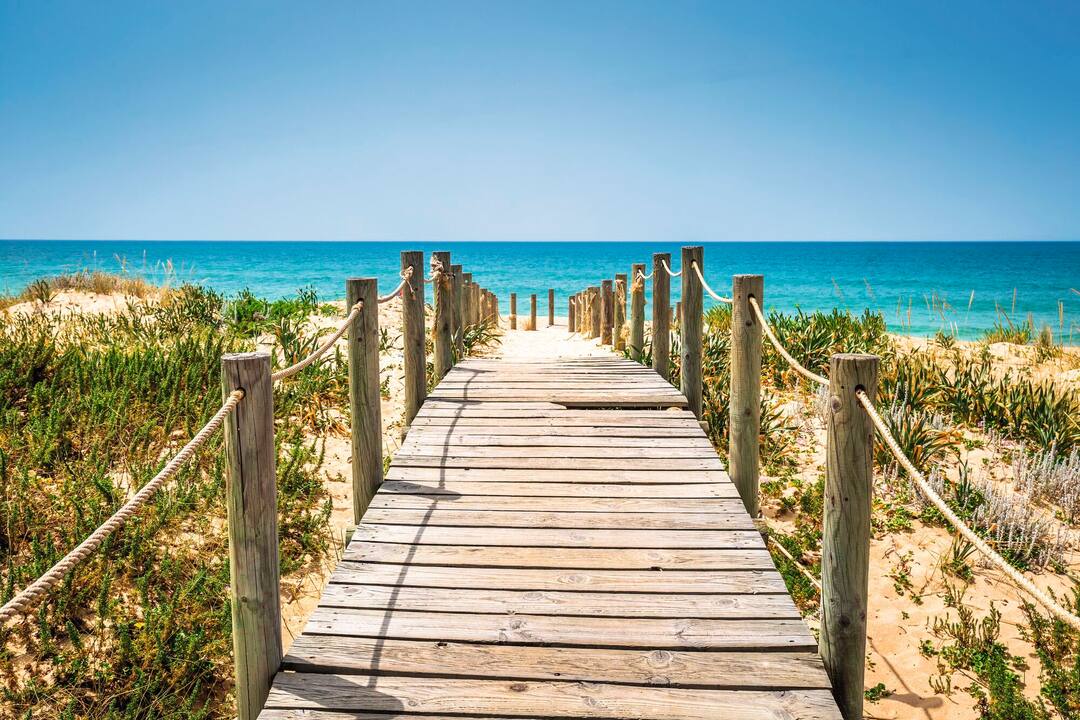Faro holidays
;img.crop(width:1080%2Cheight:608))
;img.crop(width:1080%2Cheight:608))
;img.crop(width:1080%2Cheight:608))
;img.crop(width:1080%2Cheight:608))
;img.crop(width:1080%2Cheight:608))
;img.crop(width:1080%2Cheight:608))
;img.crop(width:1080%2Cheight:608)&fit=thumb&w=782&h=394&q=70&fm=jpg)
Holidays to Faro deliver the best of both worlds – you’ve got a historical old town and bucketloads of natural scenery.
Traditional touches
Faro might be the capital of the Algarve, but it’s got a whole different vibe to its big-name neighbours Lisbon and Porto. You can really get a taste of traditional Portugal here – the sleepy old town rubs shoulders with a marina where local fishermen and clam pickers haul in their catch of the day. Elsewhere, your sightseeing list will include time-stamped cathedrals and a massive nature reserve complete with wetlands and secluded stretches of beach.
History on tap
This city’s home to the largest concentration of historic sites and monuments in the Algarve, and that includes a crop of religious buildings. But if you only visit one, make it the Capela dos Ossos – otherwise known as the Chapel of Bones. This place really lives up to its name. The bones and skulls of over a thousand monks were exhumed from the city’s crowded cemeteries in 1816, and now adorn practically every inch of the walls and ceilings inside the chapel.
An escape from the city
You won’t have to go far to get back to nature here – Ria Formosa Natural Park’s plotted right on the edge of Faro’s old town. This maze of canals, marshes and islands stretches out for about 60 kilometres, so you’ve got loads of room for walking, cycling or wildlife spotting. If you’re into birdwatching, pack your binoculars and make a beeline for one of the bird observatories that are scattered around the park – you’ll have the chance to tick purple swamphens, flamingos and white storks off your list.
Brilliant beaches
It’d be rude to visit the Algarve without spending some time on the sand – the region’s famed for its best-in-class beaches. One of the most popular swathes in Faro is Ilha Deserta. And you’ll want to pack a picnic and your favourite book if you’re planning on spending the day here – as its name suggests, it’s a secluded spot, pinned just the other side of Ria Formosa Natural Park. The soft, terracotta-tinted sand spreads out for around six kilometres, encompassing Cabo de Santa Maria – the most southerly spot in Portugal.
Popular hotels in Faro
Top things to see and do in Faro
Beaches
Shopping
Nightlife
Food & drink
Facts about Faro
FAQs
Where can I find the latest travel advice?
All your questions about entry requirements, visas, passports or health information are answered on our Travel Advice page.
Ready to start searching for your trip to Faro?
Take a look at our best deals, add handy holiday extras, or keep looking for travel inspiration.

;img.crop(width:1080%2Cheight:608))
